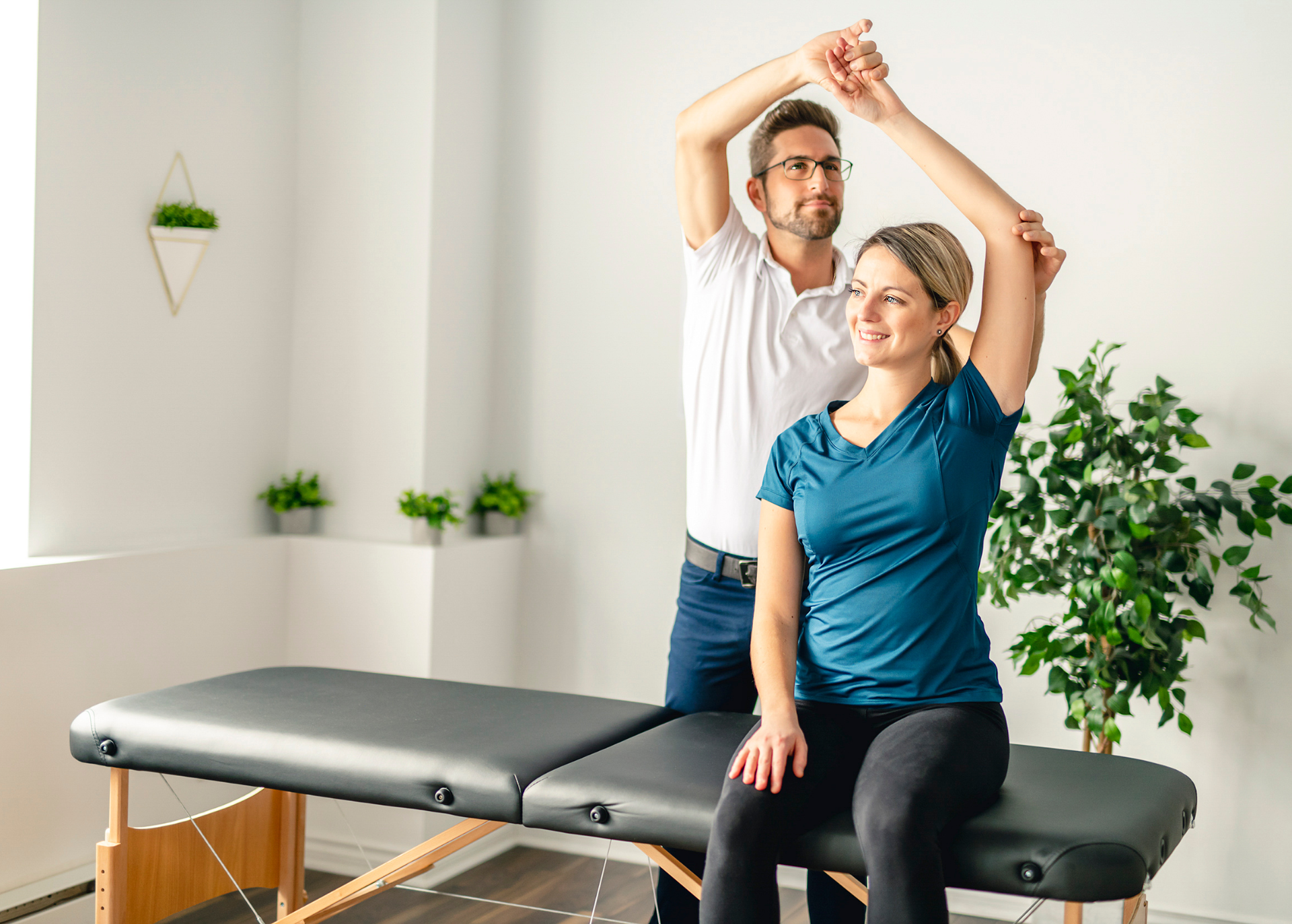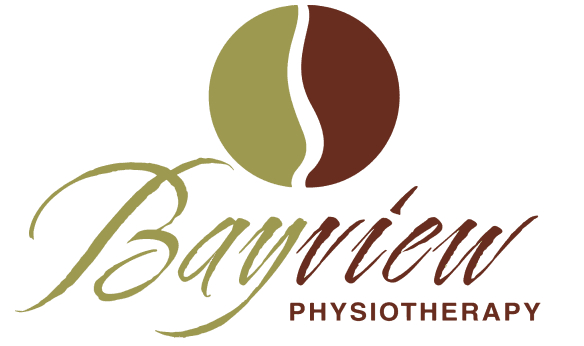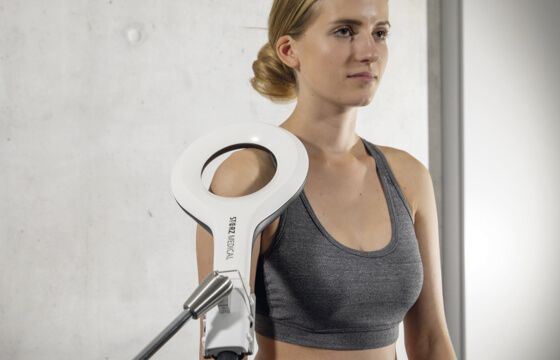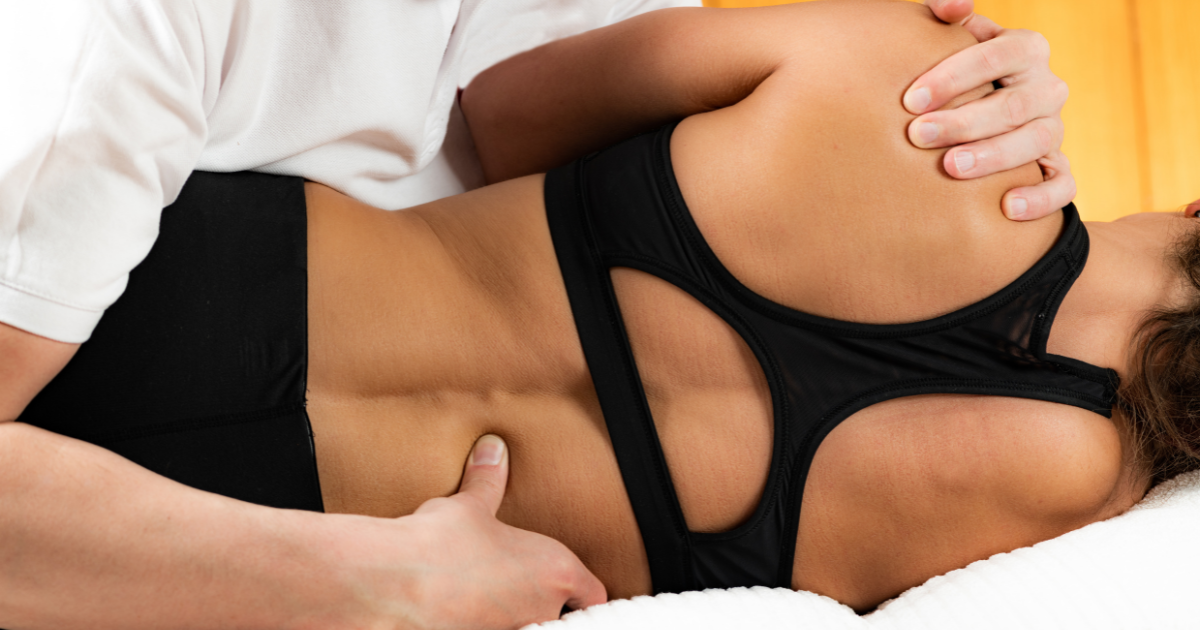The Importance of Proper Muscle Balance in Shoulder Injuries
Shoulder muscle balance, are you in balance?

The Importance of Proper Muscle Balance in Shoulder Injuries
— Why Strength Symmetry Is Essential for Pain-Free, Functional Shoulders
Shoulder injuries are among the most common musculoskeletal problems seen in active individuals, desk workers, and athletes alike. Whether it's rotator cuff tears, impingement syndromes, or chronic instability, one consistent underlying factor often contributes to both the injury and its recurrence: poor muscle balance.
In this blog post, we'll break down what muscle balance means, how it applies to the shoulder joint, and why restoring balance is key to preventing and recovering from shoulder injuries.
Understanding Muscle Balance in the Shoulder
The shoulder is an inherently unstable joint, relying more on muscles and soft tissues for stability than bony structure. It offers incredible range of motion — but this freedom comes at a cost.
Muscle balance refers to the optimal relationship in strength, endurance, and flexibility between opposing muscle groups. In the shoulder, key relationships include:
- Anterior vs. posterior muscles
(e.g., pec major/minor vs. rhomboids and mid/lower traps) - Internal vs. external rotators
(e.g., subscapularis vs. infraspinatus and teres minor) - Upper vs. lower trapezius
(important for healthy scapular movement)
When these muscle groups are out of balance — for example, the internal rotators overpower the external rotators — it alters shoulder mechanics and increases joint stress.
Common Imbalances That Lead to Injury
- Overactive Anterior Chain
Many people have overdeveloped chest and front shoulder muscles from pressing exercises or poor posture (think: sitting at a desk). This pulls the shoulders forward, disrupting scapular mechanics. - Weak Scapular Stabilizers
The rhomboids, serratus anterior, and lower trapezius are often underdeveloped. This can lead to poor control of the shoulder blade, contributing to impingement or rotator cuff overload. - Dominant Internal Rotators
Internal rotation is commonly stronger than external rotation, especially in athletes who throw or lift. This imbalance compromises joint centration and increases risk of labral or cuff damage. - Limited Thoracic Mobility
Although not a muscle imbalance per se, thoracic stiffness forces the shoulder to compensate, often leading to overuse injuries in the rotator cuff or biceps tendon.
Why Muscle Balance Matters for Recovery and Prevention
✅ Restores Normal Biomechanics
Balanced muscle function supports the scapula and glenohumeral joint in proper alignment. This reduces abnormal wear and tear on tissues.
✅ Improves Stability and Control
The rotator cuff and scapular stabilizers need to work in harmony for dynamic joint stability — especially during overhead or loaded movements.
✅ Reduces Re-Injury Risk
Injuries often return when rehab only focuses on the site of pain. Muscle balance training addresses root causes and prevents compensation patterns.
✅ Enhances Performance
Athletes with symmetrical shoulder function generate more power with less risk of breakdown. Even non-athletes benefit from improved strength and posture.
How to Restore Shoulder Muscle Balance
- Postural Re-Education
Train the body to maintain neutral shoulder and spine alignment — especially during daily tasks. - Scapular Control Exercises
Focus on mid/lower trap activation, such as prone Y’s, wall slides, and serratus push-ups. - External Rotator Strengthening
Use bands or light dumbbells to target infraspinatus and teres minor — important for joint integrity. - Mobility Where Needed
Restore thoracic extension and address pec minor tightness to allow full, safe shoulder motion. - Progressive Loading
Once control is established, progress to compound movements that require integrated shoulder stability (like overhead carries, landmine presses, etc.).
Takeaway
Proper muscle balance in the shoulder isn't just for athletes — it's essential for anyone who wants to move pain-free, lift safely, and avoid nagging injuries. Whether you’re recovering from a shoulder problem or trying to prevent one, prioritize restoring and maintaining muscular symmetry.
Want help choosing the right exercises for your shoulder? Stay tuned — next post, we’ll walk through a targeted shoulder muscle balance routine you can start at home or in the gym.
Have questions about shoulder rehab or specific exercises?
Drop them in the comments or reach out — your shoulders will thank you. 💪
#ShoulderBalance #MotorControl #ShoulderStability #ScapularDyskinesis #RotatorCuffRehab #KineticControl #MarkComerford #MovementReeducation #ShoulderPain #PosturalControl #DynamicStability #ScapularControl #ShoulderRehab #NeuromuscularControl #MovementDysfunction #ShoulderInjuryPrevention #FunctionalTraining #MuscleImbalance #ShoulderMechanics #ControlNotStrength





